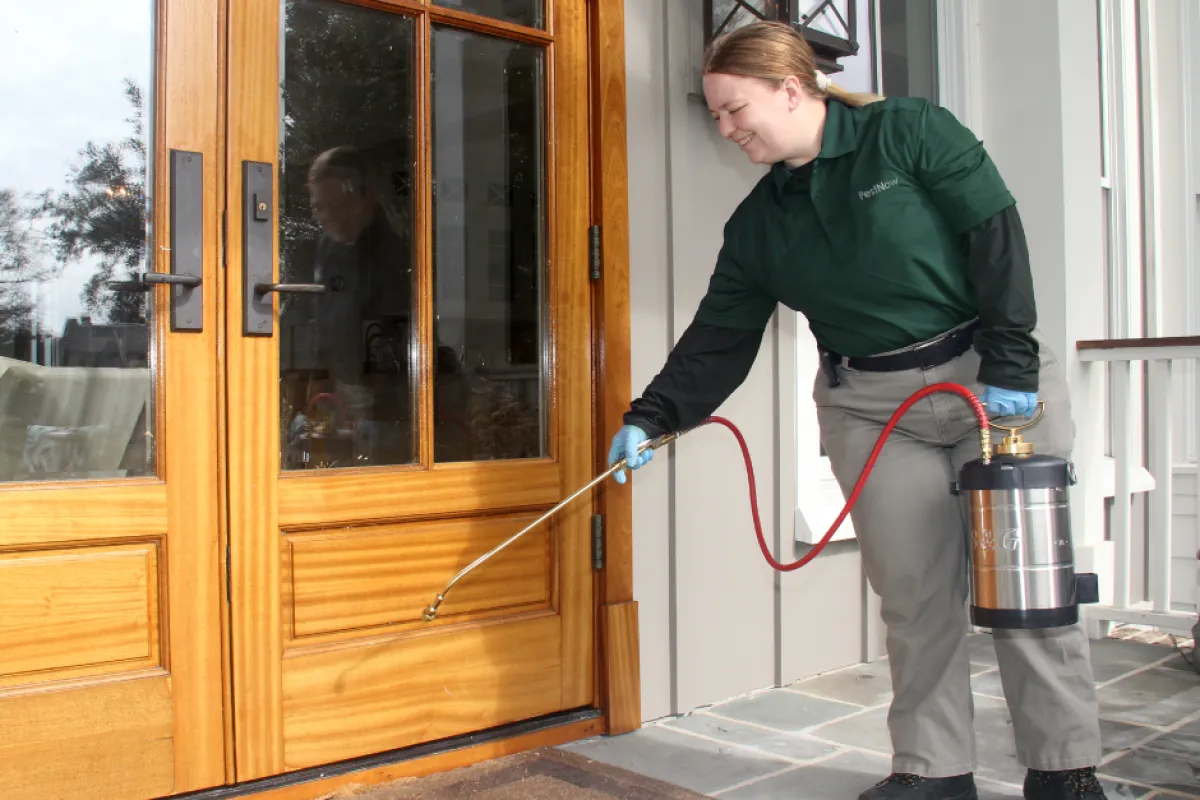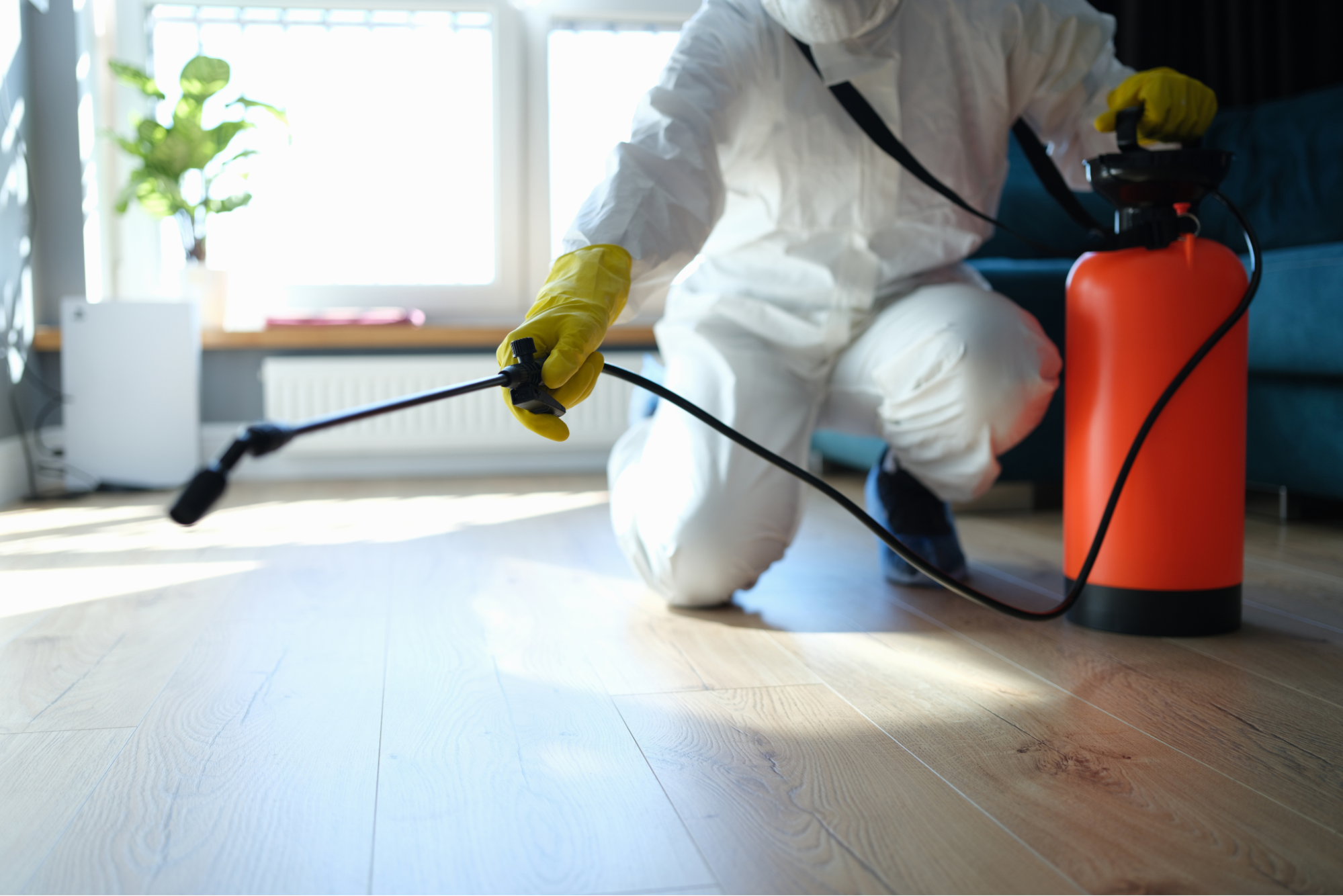Specialist A1 Charlotte Bed Bug Exterminator - High Quality Service Assured
Bed Pest Treatment Breakdown: Contrasting Chemical Vs. Non-Chemical Solutions
In the world of parasite control, particularly when dealing with the relentless issue of bed bugs, the option in between chemical and non-chemical treatment solutions can be a critical one. Both methods use unique benefits and drawbacks, influencing factors such as effectiveness, safety and security factors to consider, and general expense. By checking out the nuanced details of each method, a more clear understanding of which course to go after in attending to a bed bug infestation can be obtained.
Efficiency of Chemical Treatments
Chemical treatments for bed insect invasions have been widely identified for their rapid and potent efficiency in removing these parasites. When considering the performance of chemical therapies, it is important to recognize that they can supply a fast and complete remedy to a bed pest trouble. Expert pest control men often rely on pesticides to target bed insects at different stages of their life cycle, consisting of eggs, adults, and nymphs. These chemicals normally work by interrupting the bed bugs' nerves, leading to paralysis and ultimate fatality.
Additionally, chemical treatments have the advantage of providing residual impacts, implying that they can remain to eliminate bed insects even after the preliminary application. This recurring action is particularly beneficial in combating any type of prospective re-infestations. In addition, the quick activity of chemical therapies can bring alleviation to individuals encountering extreme bed bug invasions, permitting them to regain control of their living areas rapidly.
Safety Issues With Chemical Solutions
One vital aspect that requires cautious consideration when using chemical solutions for bed insect treatment is ensuring the safety and security of residents and the setting. Exposure to particular chemicals utilized in bed pest treatments can lead to respiratory system problems, skin irritation, or various other unfavorable responses, particularly in individuals with pre-existing problems or level of sensitivities.
Moreover, the ecological influence of chemical solutions is one more considerable factor to consider. Some pesticides made use of in bed insect therapies may be harmful to advantageous bugs, wild animals, and environments if they seep right into the dirt or water supply. It is vital to use chemical treatments judiciously, complying with security standards, and taking into consideration much less toxic options to alleviate these threats and make certain the secure and effective administration of bed insect invasions.
Advantages of Non-Chemical Strategies
Considering the potential safety problems and ecological influence related to chemical solutions for bed pest therapy, checking out non-chemical techniques provides an appealing alternative with a number of distinct benefits. Non-chemical techniques offer a more secure choice for families, particularly those with youngsters, pets, or people sensitive to harsh chemicals. These approaches remove the dangers of direct exposure to toxic materials, lowering the capacity for adverse health and wellness results. Moreover, non-chemical therapies are ecologically pleasant, as they do not contribute to air or water contamination, making them a sustainable selection for bug control.
In addition, non-chemical remedies can be effective in targeting bed pests, including hard-to-reach areas where chemical treatments may not pass through - A1 pest control services charlotte. Methods such as heat treatment, vacuuming, steam cleansing, and bed mattress coverings give comprehensive removal without the usage of damaging chemicals.
Limitations of Non-Chemical Treatments

In addition, non-chemical treatments typically call for multiple applications to attain successful removal. This can be taxing link and might not constantly guarantee total removal of all bed pests and their eggs, particularly in covert or hard-to-reach areas.
Furthermore, the success of non-chemical treatments heavily relies upon proper implementation and thoroughness, which can be testing for people without expert know-how. Poor application of non-chemical methods may lead to incomplete elimination, leading to consistent invasions and the requirement for extra treatments.
As a result, while non-chemical therapies have their benefits, it is necessary to recognize these limitations and consider them when determining the most efficient technique for taking care of bed pest problems.
Cost Comparison: Chemical Vs. Non-Chemical Options
Given the constraints connected with non-chemical therapies, a crucial facet to review in the context of bed insect administration is the cost contrast in between chemical and non-chemical alternatives. Chemical treatments normally include the application of insecticides by professionals, which can range from $250 to $900 per area, relying on the intensity of the problem and the dimension of the location to be treated. On the other hand, non-chemical treatments like warm treatment or steam can be extra costly, with costs varying from $1,000 to $6,000 for an entire home. While the first price of chemical therapies may appear lower, numerous treatments might top article be needed to completely eliminate the infestation, possibly increasing the total cost. On the various other hand, non-chemical choices might supply a more environment-friendly and lasting option, although they can be cost-prohibitive for some individuals. Inevitably, when thinking about the expense of bed pest treatment alternatives, it is essential to consider the in advance expenses versus the effectiveness and long-lasting sustainability of the picked method.
Verdict

Taking clark pest control into consideration the prospective safety and security problems and environmental impact connected with chemical remedies for bed bug treatment, checking out non-chemical strategies offers an appealing alternative with a number of unique advantages.Offered the constraints connected with non-chemical treatments, an important aspect to examine in the context of bed insect administration is the cost contrast in between chemical and non-chemical choices. In comparison, non-chemical treatments like warm therapy or steam can be much more costly, with costs varying from $1,000 to $6,000 for an entire home. While the initial cost of chemical therapies may appear reduced, several therapies might be required to completely remove the invasion, potentially enhancing the overall price.In conclusion, when contrasting chemical and non-chemical bed pest therapy choices, it is essential to think about performance, security, benefits, limitations, and cost.